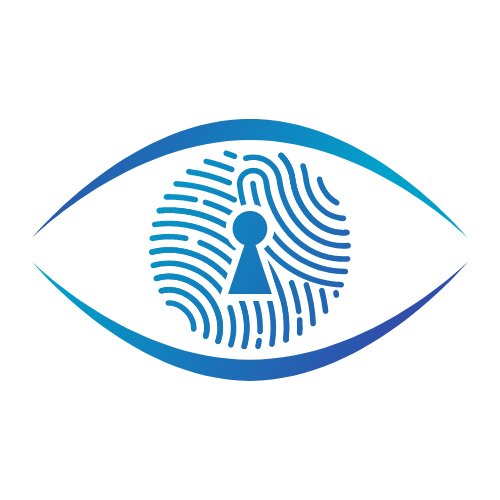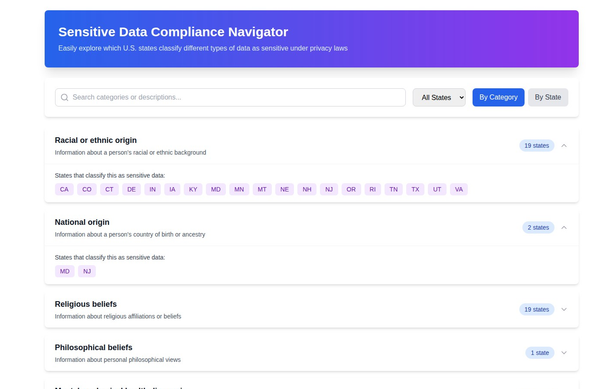NIST Cybersecurity Framework: A Comprehensive Guide for Risk Management

The NIST Cybersecurity Framework: A Comprehensive Guide to Managing Cyber Risk
The National Institute of Standards and Technology (NIST) Cybersecurity Framework is a flexible and robust guide designed to help organizations of all sizes manage and mitigate cybersecurity risks. Developed collaboratively between industry and government, the framework offers a voluntary, cost-effective, and adaptable approach that can be tailored to meet each organization’s unique risk landscape and operational requirements.

Key Components of the NIST Cybersecurity Framework
The Framework is built around three core components that work together to provide a structured method for addressing cybersecurity challenges:
1. Framework Core
The Framework Core lays the foundation by outlining key cybersecurity activities across five primary functions:
- Identify: Develop an understanding of the business context, critical assets, and associated cybersecurity risks. This function helps organizations identify what needs protection by establishing an inventory of assets, risk assessments, and a comprehensive understanding of the threat environment.
- Protect: Implement safeguards to ensure the integrity of critical systems and data. Activities under this function include access control, data security measures, and protective technologies that prevent or mitigate the impact of potential cybersecurity events.
- Detect: Develop and implement the appropriate activities to identify the occurrence of a cybersecurity event promptly. This function emphasizes continuous monitoring, threat intelligence, and robust detection mechanisms to spot irregular activities as early as possible.
- Respond: Establish procedures for responding to detected cybersecurity incidents. This involves taking coordinated action to contain and mitigate the impact of incidents, conducting analyses to understand the breach, and communicating with stakeholders.
- Recover: Restore systems and capabilities that were affected by cybersecurity incidents. This function focuses on resilience and ensures that organizations have plans in place to restore normal operations and incorporate lessons learned to strengthen future defenses.
Each of these functions is further broken down into categories and subcategories, providing a detailed roadmap for organizations to align cybersecurity activities with established industry standards, guidelines, and best practices.

2. Framework Implementation Tiers
The Implementation Tiers offer context regarding how an organization views cybersecurity risk and the sophistication of its risk management practices. They range from:
- Tier 1: Partial – Organizations have an ad-hoc and reactive approach to cybersecurity risk management, with limited formal processes in place.
- Tier 2: Risk Informed – Cybersecurity practices are more structured, with risk management processes that are somewhat informed by business needs.
- Tier 3: Repeatable – Organizations establish consistent risk management practices that are regularly reviewed and updated.
- Tier 4: Adaptive – Cybersecurity risk management is fully integrated into the organization’s culture, with dynamic and continuously improving processes that adapt to changing threats and business objectives.
These tiers allow organizations to gauge their current cybersecurity posture and identify opportunities for improvement by aligning their risk management practices with evolving business and regulatory demands.
3. Framework Profiles
A Framework Profile represents the alignment of an organization’s cybersecurity activities with its business requirements, risk tolerance, and available resources. Profiles can be customized to reflect:
- Current Profile: An assessment of existing cybersecurity practices and their effectiveness in mitigating risk.
- Target Profile: A set of desired outcomes and improved practices that the organization aims to achieve over time.
By comparing the Current Profile with the Target Profile, organizations can identify gaps in their cybersecurity posture and prioritize efforts to enhance their resilience against evolving cyber threats.

Additional Considerations
Voluntary Adoption
Although the NIST Cybersecurity Framework is voluntary for private sector organizations, its flexibility and comprehensive nature have led to widespread adoption across various industries. Organizations can leverage the framework not only to manage risks effectively but also to demonstrate a commitment to robust cybersecurity practices.
Integration with Other Regulations
While the framework provides extensive guidance on managing cybersecurity risk, it does not explicitly address specific privacy laws—such as the Children’s Online Privacy Protection Act (COPPA). Organizations must ensure that, alongside implementing the NIST Framework, they comply with other relevant privacy and data protection regulations based on their operational context and geographic location.
Cost of Implementation
Implementing the NIST Cybersecurity Framework is not a one-size-fits-all proposition. The investment required varies depending on the organization’s size, complexity, and current cybersecurity maturity. However, investing in proactive cybersecurity measures is often far less costly than the potential fallout from a significant data breach or cyber incident.

Conclusion
The NIST Cybersecurity Framework offers a dynamic and strategic approach to cybersecurity risk management. By breaking down complex cybersecurity challenges into manageable functions, establishing clear implementation tiers, and enabling the creation of tailored profiles, the framework empowers organizations to strengthen their cybersecurity posture methodically. Whether you’re assessing your current defenses or planning for future enhancements, the NIST Cybersecurity Framework provides the guidance necessary to protect critical assets, ensure regulatory compliance, and foster a resilient digital environment.
For the most up-to-date information on the framework, including any new versions or supplementary guidelines, please refer to the official NIST website or other trusted sources.









